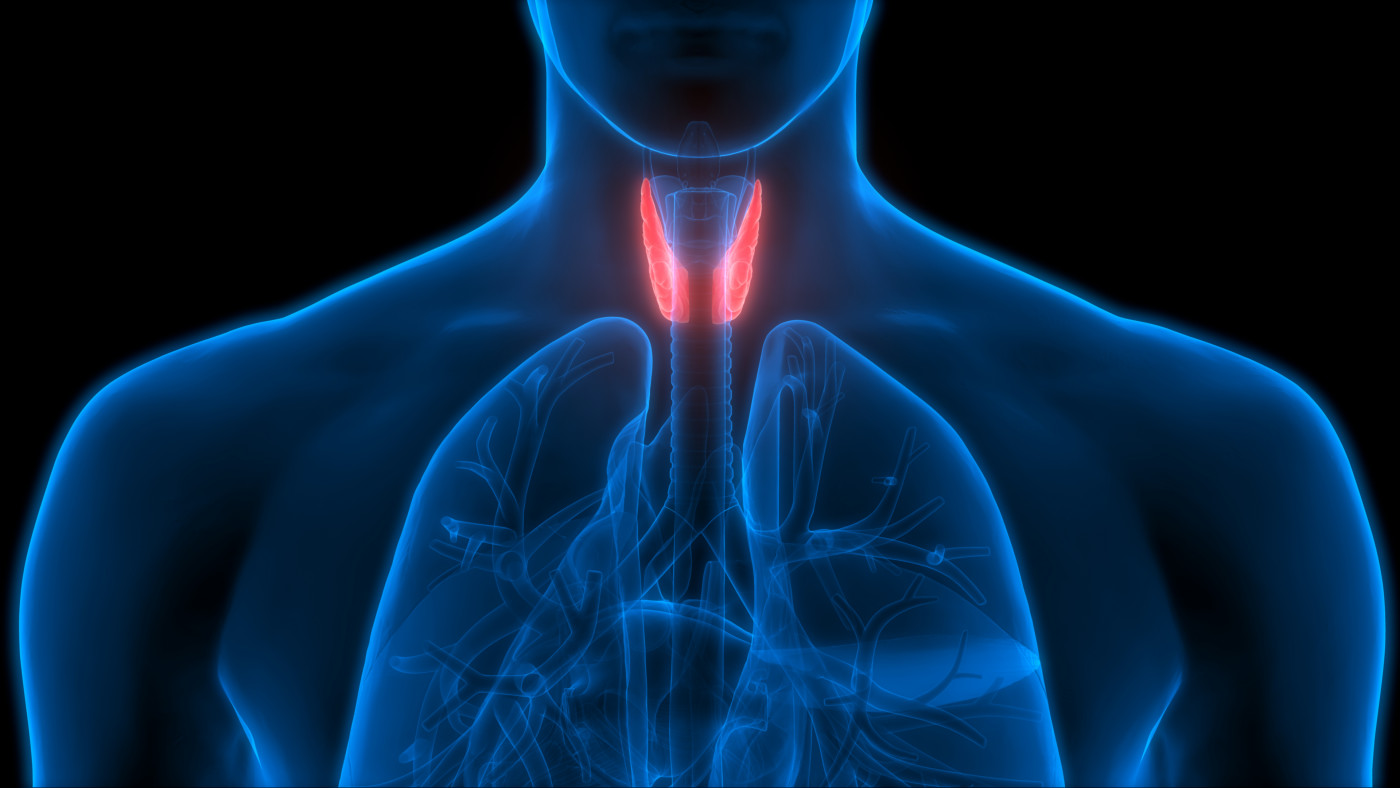5 Main Symptoms of Hypoparathyroidism

In hypoparathyroidism, the body does not produce enough parathyroid hormone (PTH), which leads to a number of different symptoms for people with the rare condition.
Since PTH is involved in regulating the levels of calcium and phosphate in the body, a lack of this hormone usually leads to low levels of both. Among its functions, calcium is crucial to maintaining strong bones and teeth; phosphate teams up with calcium to build and repair them. Both also play other roles.
The five most common types of symptoms in hypoparathyroidism are as follows:
Tetany
Tetany is a condition in which the cells of the nervous system are easily excitable. It typically is caused by low levels of calcium (hypocalcemia). Hypocalcemia leads to a change in the ratio of calcium inside and outside the nerve cells, making them more likely to activate. These signals may result in muscle contractions or abnormal sensations.
This condition can lead to some of the most common symptoms of hypoparathyroidism, including painful muscle spasms in the hands and feet, facial muscle spasms, cramping, and tingling and burning sensations in the hands, feet, lips, and tongue.
Fatigue
Patients with hypoparathyroidism may experience tiredness, weakness, or fatigue. There are a number of different possible causes for these symptoms. Calcium is necessary for muscle contraction, including the heart muscle. Thus, low levels of calcium could affect the heart’s ability to supply oxygen and nutrients to different organs and can lead to fatigue.
There also is evidence that hypoparathyroidism may lead to neurological impairment that could, in turn, result in irregular heartbeats and fatigue.
Finally, fatigue may be the result of trouble sleeping due to other symptoms such as pain and spasms, or depression.
Skin, hair, and nail symptoms
PTH plays a role in the generation and differentiation of hair follicle cells. Hair follicles also can cause changes directly on the skin. Insufficient levels of PTH can, therefore, lead to rough, dry skin, brittle nails, and coarse, easily breakable hair.
A small study of 25 patients with hypoparathyroidism found that 68% had hair loss and dry skin. Another study of 21 patients reported that 61.9% of patients had a loss of armpit hair, 52.38% had a loss of pubic hair, and 47.62% reported coarser body hair. Dry, flaky skin was also present in 52.38% of patients.
Seizures
As many as 70% of patients with hypoparathyroidism may experience seizures at some point during their lives. Seizures are due to irregular electrical activity of the brain that can cause a disruption to thought and movement.
Seizures in hypoparathyroidism may be related to the difference in concentrations of calcium inside and outside of nerve cells, causing disruptions to their normal firing patterns. They also may be due to calcium deposits in the brain that cause damage.
Mood changes
Patients with hypoparathyroidism may experience mood disorders and may become irritable, anxious, or depressed. It is unclear whether the mood changes are directly caused by low PTH or calcium levels or whether it is related to the psychosocial impacts of living with a chronic disorder.
Last updated: Jan. 22, 2021
***
Hypoparathyroidism News is strictly a news and information website about the disease. It does not provide medical advice, diagnosis, or treatment. This content is not intended to be a substitute for professional medical advice, diagnosis, or treatment. Always seek the advice of your physician or other qualified health provider with any questions you may have regarding a medical condition. Never disregard professional medical advice or delay in seeking it because of something you have read on this website.






